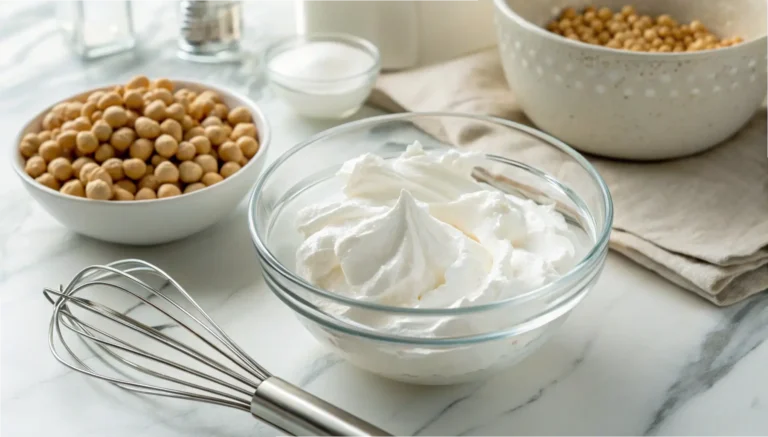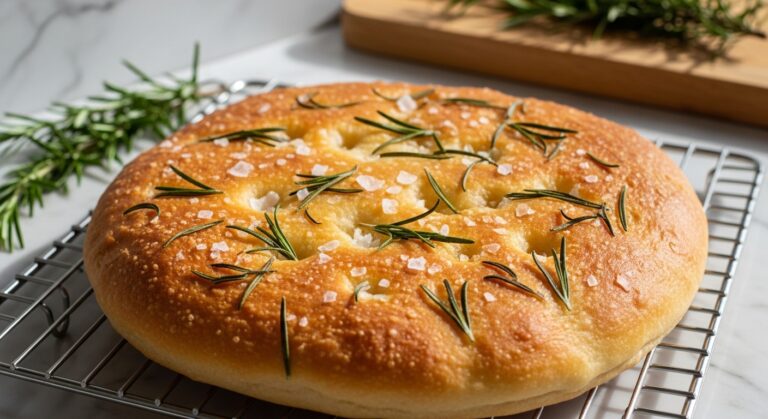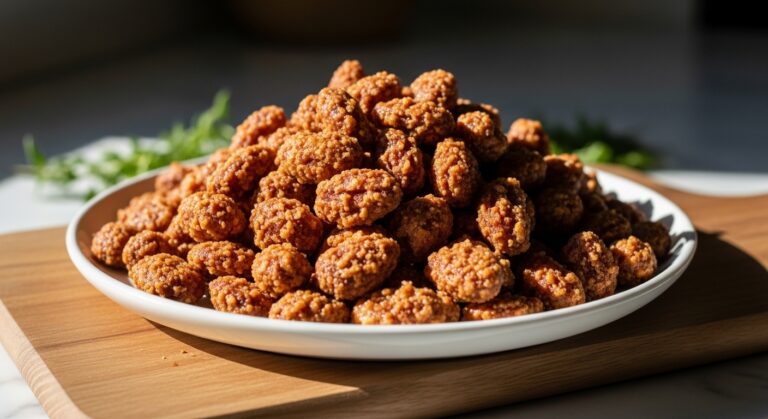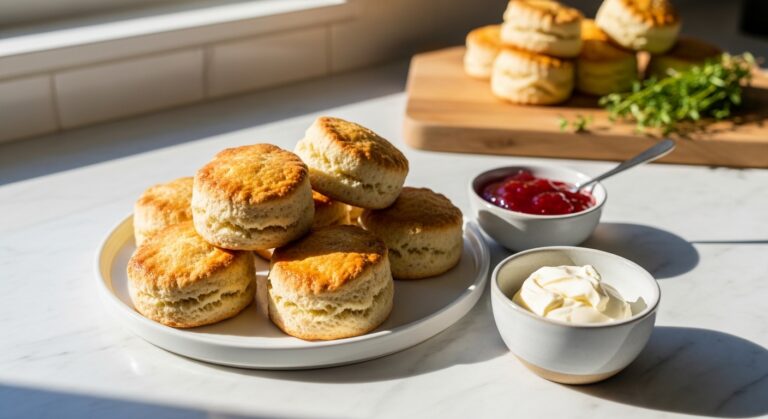Butter vs Shortening vs Oil: Your Baking Fat Guide
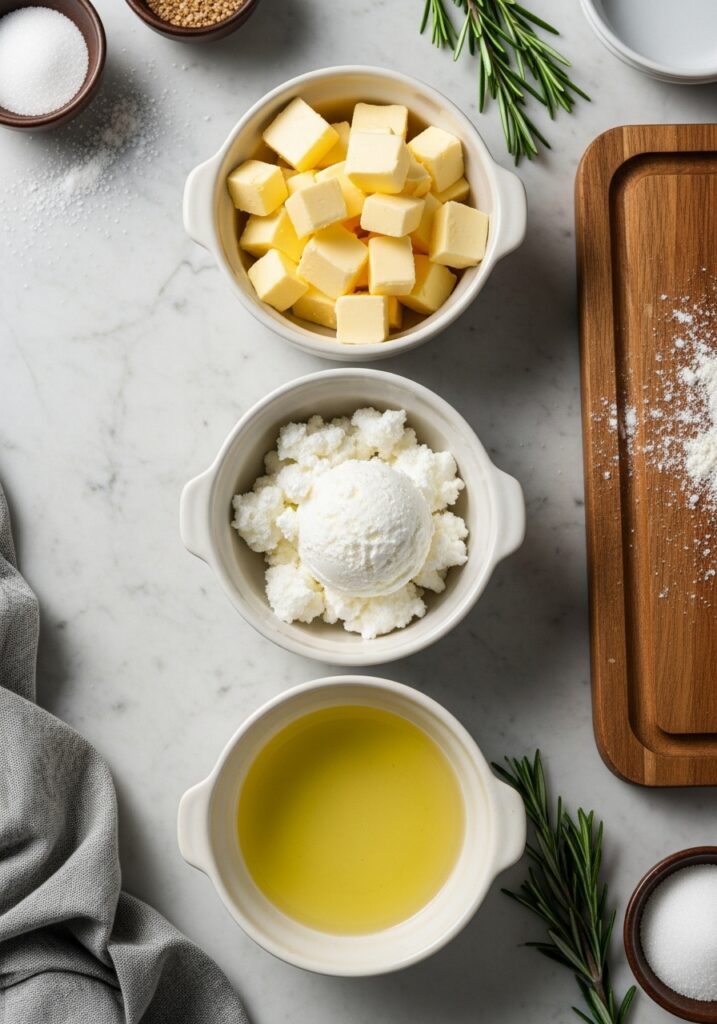
Butter vs Shortening vs Oil
Oh, the great Butter vs Shortening vs Oil debate! If you’ve ever found yourself staring at a recipe wondering which fat to reach for, you’re definitely not alone. I remember a time, early in my baking journey, when I genuinely thought fat was just… fat. Boy, was I wrong! My infamous attempt to make grandma’s impossibly flaky pie crust with olive oil (because I ran out of shortening, of course!) ended in a less-than-appetizing soggy puddle disaster. Just like knowing how to soften butter quickly is key for certain recipes, that memory was a harsh but valuable lesson: understanding your fats is absolutely everything when it comes to baking magic.
Thank you for reading this post, don't forget to subscribe!Butter vs Shortening vs Oil, It’s not just about the type of fat, but its unique properties – from melting point to water content – and how each interacts with other key ingredients to create texture and flavor. Getting these nuances right is as crucial for baking success as knowing how to measure flour correctly for better baking every time. While the world of fats extends even further (you can dive into a broader comparison of butter vs margarine vs shortening vs oil if you’re curious!), mastering the core differences between butter, shortening, and oil is your fundamental first step.
Join me as we demystify these essential ingredients, so you can bake with confidence, achieve perfect results, and never face a oggy puddle moment again!
Butter vs Shortening vs Oil: Your Baking Fat Guide
Course: Baking GuidesCuisine: General BakingDifficulty: Easy4
servings30
minutes40
minutes300
kcalThis guide demystifies the roles of butter, shortening, and oil in baking, helping you choose the right fat for perfect texture and flavor every time.
Ingredients
Unsalted Butter (cold, cubed)
Vegetable Shortening (room temperature)
Neutral Oil (such as canola, grapeseed, or vegetable oil)
Directions
- **Understand Butter’s Role:** Butter brings incredible flavor and promotes browning. Its melting point allows for expansion, creating tender, flaky results (think croissants, cookies that spread just right). Use it when flavor is paramount and you desire a delicate crumb or flaky layers. Always start with cold butter for pastries and pies.
- **Explore Shortening’s Strengths:** Shortening is 100% fat, with no water, making it excellent for tenderness and height. It has a higher melting point than butter, meaning it creates less spread and a more structured, crumbly texture (think classic chocolate chip cookies with a chew, or very flaky pie crusts). Use it when you need stability, extreme tenderness, or bright white frosting.
- **Utilize Oil for Moisture:** Oils are liquid at room temperature and distribute moisture evenly throughout batters. They keep baked goods incredibly moist and tender over time, preventing dryness. They don’t contribute to structure or flakiness like solid fats. Use oil in cakes, muffins, quick breads, and sometimes for fudgy brownies where moisture is key and flavor comes from other ingredients.
- **Consider Flavor Impact:** Butter imparts a rich, dairy flavor. Shortening is flavorless, making it ideal when you want the other ingredients to shine. Oils have varying flavor profiles; choose a neutral one for most baking or a flavored one (like olive oil) when it complements the recipe’s overall taste.
- **Texture Talk:** Butter creates tender, flaky, and slightly crisp textures. Shortening yields incredibly tender, soft, and crumbly results, often with less spread. Oil provides superior moisture and a finer, more even crumb.
- **Substitutions & When Not To:** While some recipes allow for partial substitutions, understand the impact. Replacing all butter with oil in a pie crust will fail. Replacing some butter with shortening in cookies can improve chewiness. Always consult reliable sources or test in small batches when modifying a recipe’s fat content.
Notes
- A Family Secret: For the absolute best chocolate chip cookies (my family secret!), I often use a 50/50 blend of unsalted butter and shortening. The butter brings that irresistible flavor, and the shortening ensures a perfect chewiness and limits spread. It’s the best of both worlds!
- Temperature Matters: Pay close attention to the fat’s temperature specified in your recipe. Cold butter is essential for flaky pastries, while softened butter is crucial for creaming in cakes and cookies. Room temperature shortening is easier to work with than straight-from-the-fridge.
- Think Beyond Sweet: Remember, these principles apply to savory baking too! Think about a rich scone (butter) versus a tender biscuit (often uses shortening for flakiness). Understanding the ‘why’ will unlock so much more in your kitchen.


